With Coronavirus very rampant in our world, this year has stirred a lot of different emotions for children (and adults) of all ages. We have been living in a world of uncertainty and social isolation and many of us are confused, scared, and worried about how to navigate the flood of emotions with our children.
That’s why I am here to help! As a licensed marriage and family therapist, registered play therapist, and mom, I am going to share some of the tools I use in my therapy room as well as at home with my own children so you can help your kids at home while we wait this virus out! But honestly, these tools can help you in any time during childhood distress or emotional dysregulation. I am including toys, books, games, and other tools to help you!
It’s been a very difficult year for everyone, but if you can, try to remember to take this time with your children as a blessing and a time to slow down and learn from them, teach them, bond with them, and play with them. They might feel sadness, grief, confusion, frustration, boredom, anger, worry, or other core emotions. It is most important to stay calm and patient with them and listen, empathize, and validate! They have big feelings and they are valid, so remember to validate them, have conversations with them, and support them.
Play Based Ways To Discuss Emotions
Dr. Kim’s DIY Emotional Hopscotch
Materials: Parent, Child, Paper, Colorful Markers
Time Commitment: 30 minutes
What To Do: Write one emotion (and draw a face of the emotion if your child can’t read yet) on one on side of each paper. I recommend the core six including mad, sad, happy, scared, worried, confused. But you can always add as many as you want and also include bored, excited, frustrated, and more. Once your paper emotions are done, turn them over and place them on the ground face down. Make sure they are spread out so there is some space in between. Then ask your child to jump on one of the pieces of paper. They will then flip over the paper they jumped on and tell you the emotion out loud (you can help them if they don’t know). Then ask them to tell you one thing that makes them feel this emotion and process it with them. Listen, empathize, and validate. And then you, the parent, can share one thing that makes you feel that emotion as well. Reciprocate with them and grow your emotional attachment.
Play Flip Flop Faces Emotions in Motion Game!
Play “You Can Control Your Worries Game!”
Games
Babies and Toddlers: Mega Bloks Building Basics Build & Learn Emotions
Conversation Starters
The Anxiety Thumball: The Fun Group Activity for Learning to Cope with Anxiety and Worry
Little Renegades: Mindfulness Cards for Kids
Physical Expression
Express Yourself: Big Time Toys Socker Bopper Power Bag Standing Inflatable Punching Bag for Kids
Book Resources
What to Do When You Worry Too Much: A Kid’s Guide to Overcoming Anxiety (What-to-Do Guides for Kids)
Breathe Like a Bear: 30 Mindful Moments for Kids to Feel Calm and Focused Anytime, Anywhere
Good Morning Yoga: A Pose-by-Pose Wake Up Story
Good Night Yoga: A Pose-by-Pose Bedtime Story


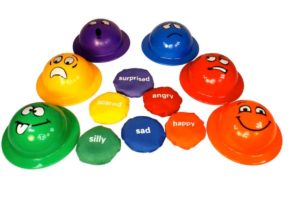
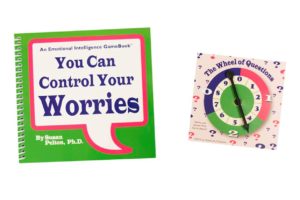


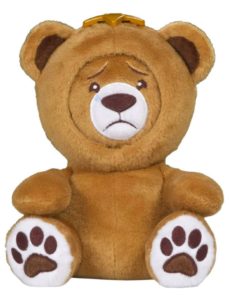

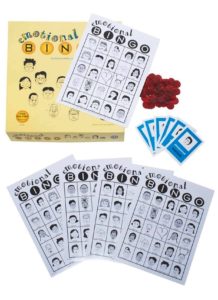
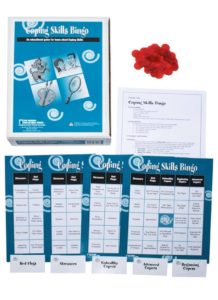
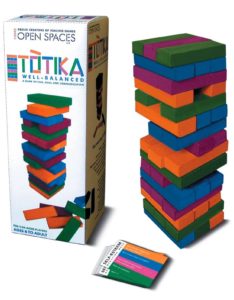
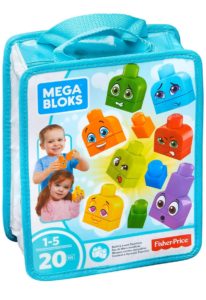
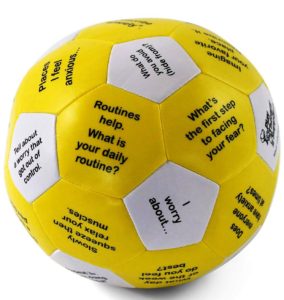
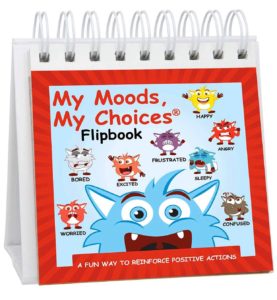
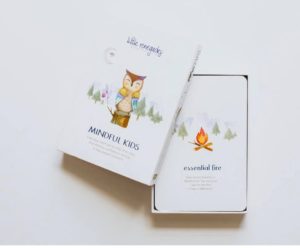
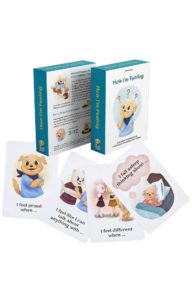
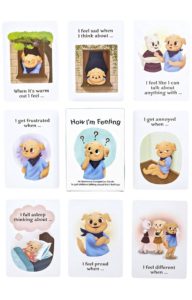
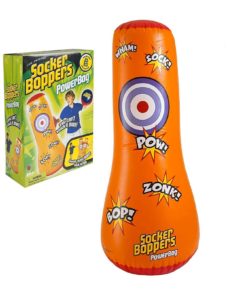
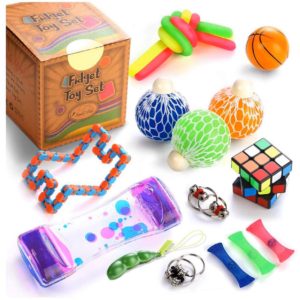
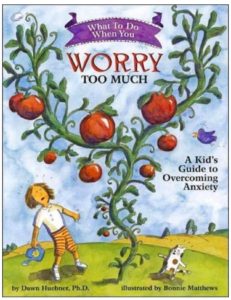

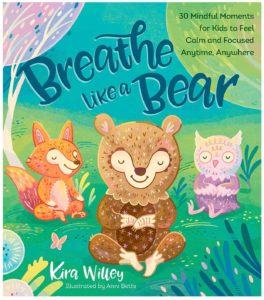
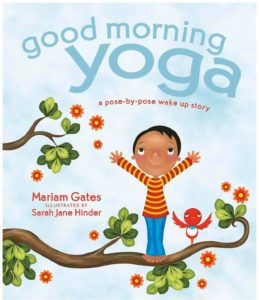
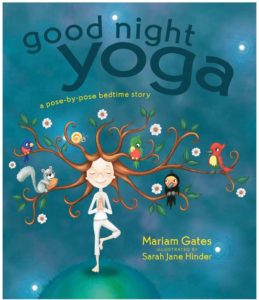

We have all those books! Can’t wait to get the toys too!
That’s awesome!!!! Keep me posted on what you end up getting, using, and loving! 🙂
Oooooh these are all brilliant ideas!
Thank you so much!!! I hope it’s helpful! 🙂